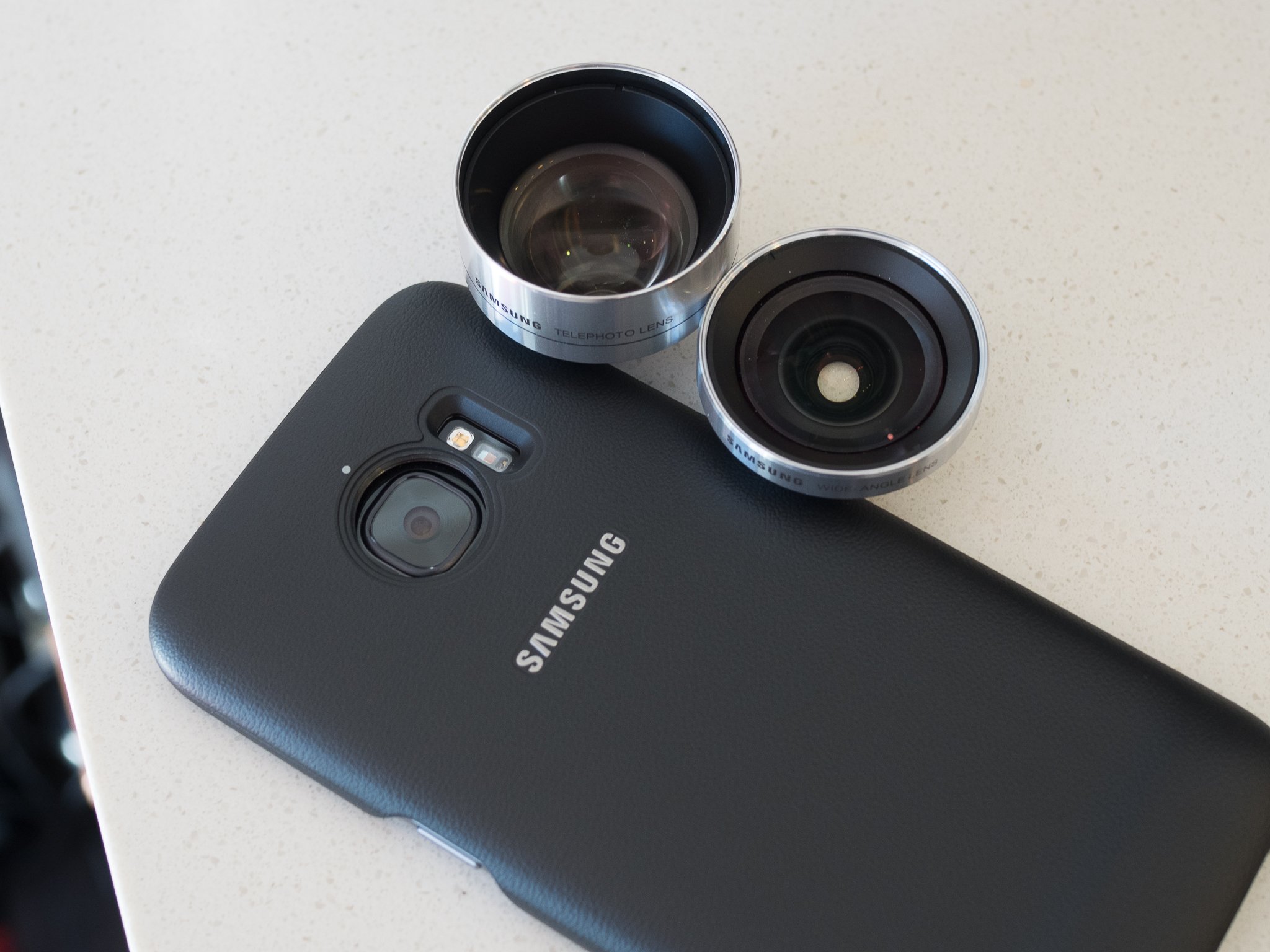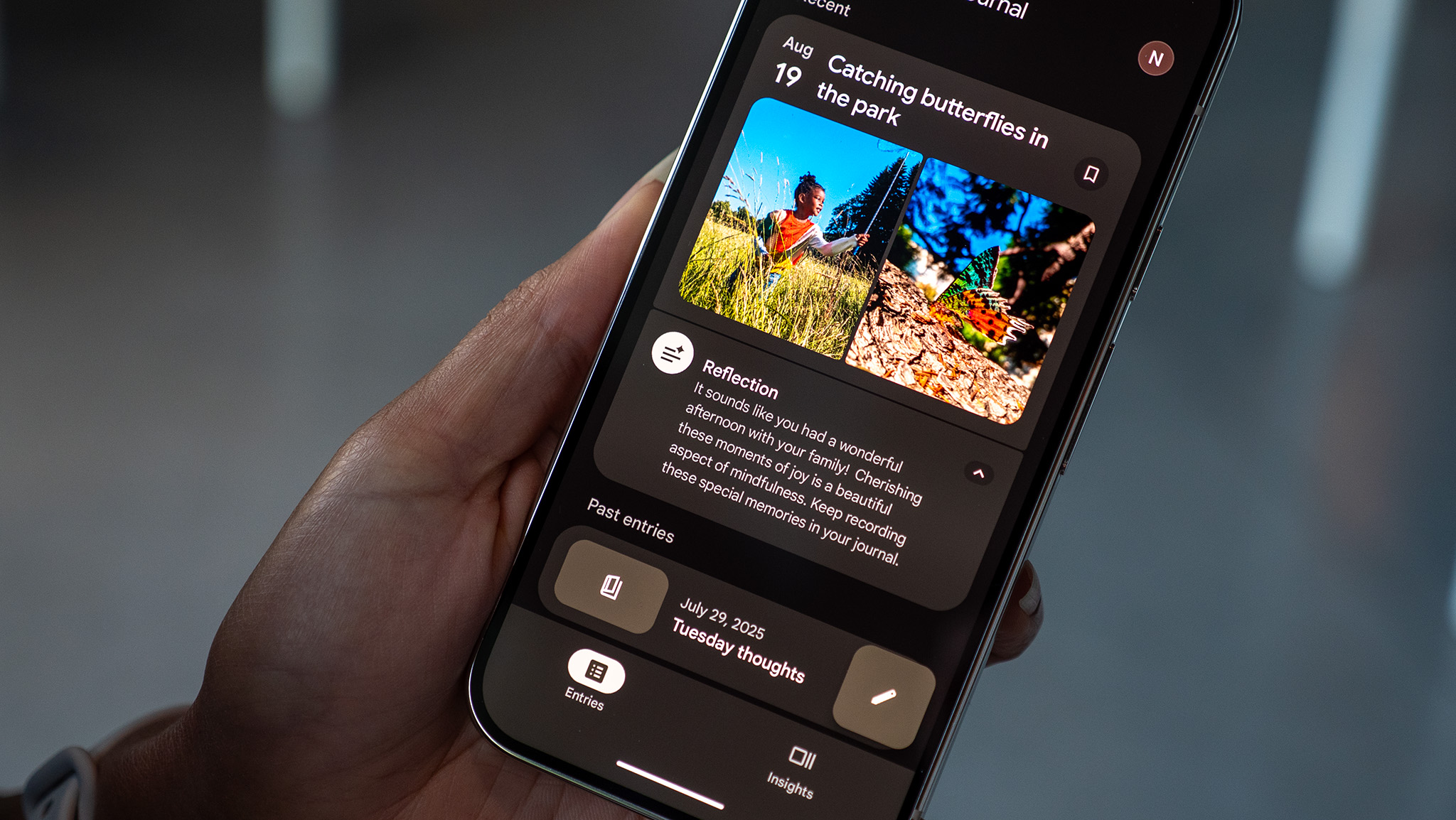Since the Galaxy S7 and S7 edge were released, I've been enamored by the official Samsung "camera lens case" that lets you attach two high-quality camera lenses — one wide-angle, one telephoto — to the phone for unique shooting possibilities. Then Samsung just didn't launch the cases in the U.S., or pretty much any big market around the world. Being a self-proclaimed photography nerd I just had to try them, though.
So when the good people over at MobileFun offered to send me a Galaxy S7 camera lens case for review, I took them up on it right away. Here's what I've found using is odd-looking contraption for my photographic escapades.
A fun new way to shoot
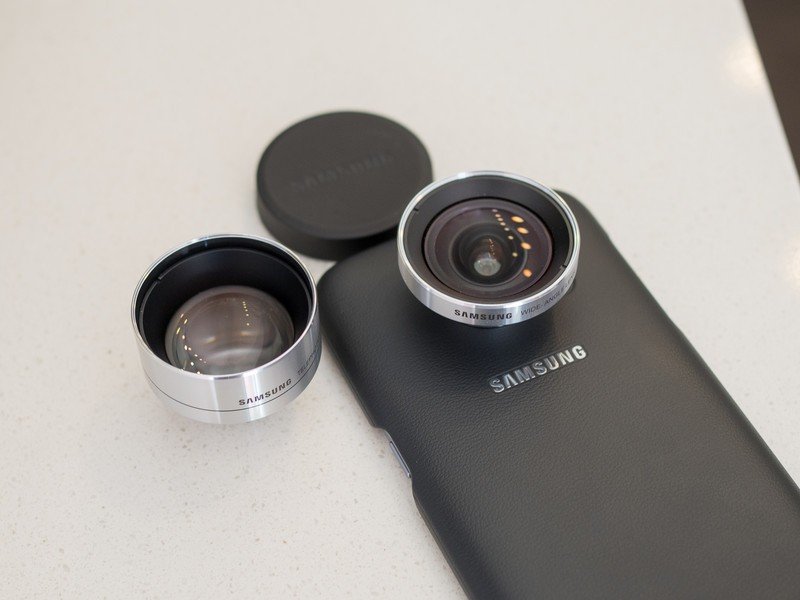
The important starting point here is that this is a package deal — in order to use the two lenses, you need to use the included case. Rather than sticking or clamping onto the phone like third-party solutions, you put a slick little silicone case on the phone that includes threads around the hole that exposes the phone's camera lens. You then simply screw the lens you want into the nicely textured case, and you're up and running — this ensures the lenses fit perfectly onto the built-in camera lens, for distortion-free shooting.
Nicer metal and glass than any third-party lens you'll find
In the package you get a wide-angle lens and a telephoto lens. Samsung doesn't give details on the focal length, but my educated guess is the wide-angle lens sits at about a 18 mm equivalent, and the telephoto a 60 mm equivalent. The lenses are good bookend focal lengths for the Galaxy S7's integrated lens to sit right in the middle, giving you a triumvirate of lens options altogether.
Yes, this is very much the same idea on offer in slightly different ways in both the the LG V20 and iPhone 7 Plus, but the size and quality of these secondary Samsung lenses is in no way matched by those tiny integrated units. Both lenses are extremely well-made bits of metal with nice glass inside, and when they're screwed into the case you get as good a connection to the phone's camera lens as you can expect. They're sturdy, look nice and stay put. The lenses have their own plastic carrying case that stows the lenses locked together with lens caps on the end.
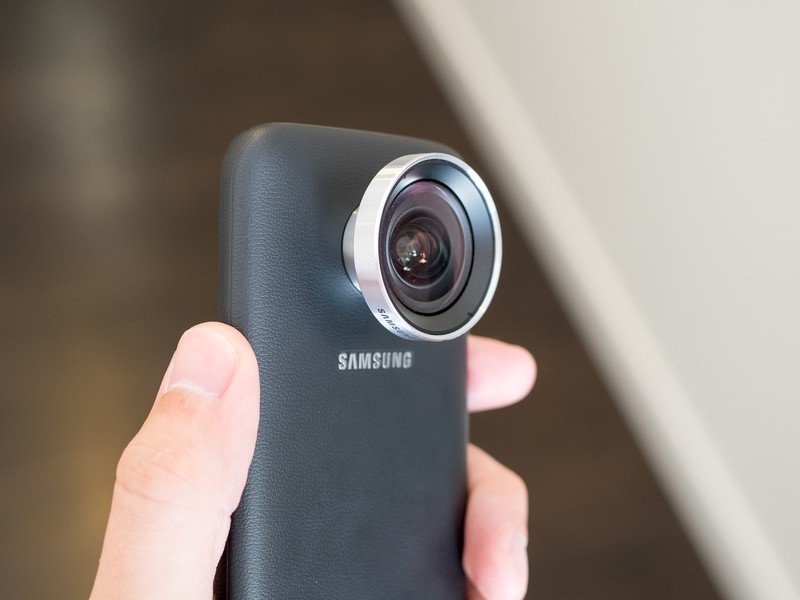
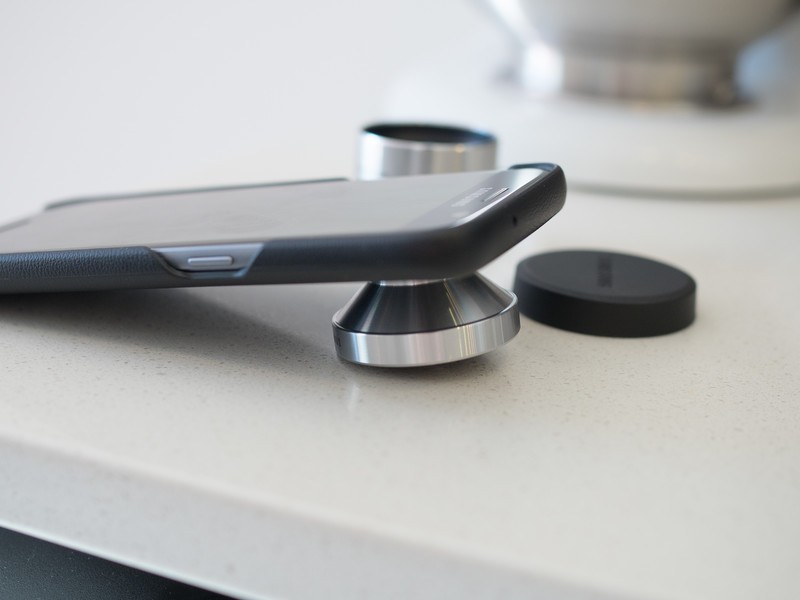

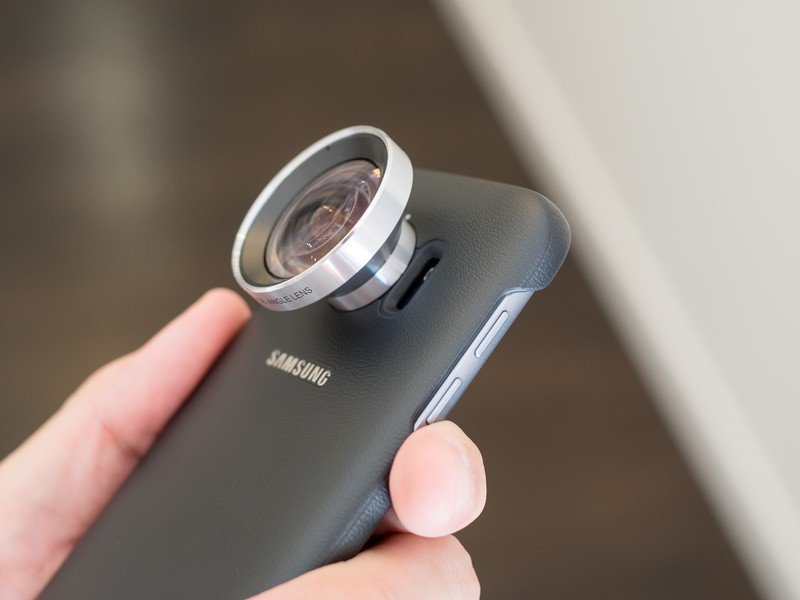
The wide-angle lens is the smaller of the two, but still pretty big. It's about twice the thickness of the Galaxy S7 itself. It's almost small enough to let me fit the phone with the lens attached in my front pants pocket comfortably, but its size meant I couldn't do that for long. If I wanted to commit to having the lens attached, that meant carrying the phone in my hand while it was put together. The lens is small enough as to not be conspicuous when you're out taking photos, though.
At a glance it isn't that large, and it's even small enough that you can set your phone down on a table without it looking weird. The phone case also provides a small lip around the front of the phone that's big enough to let you put the Galaxy S7 face-down on a table, which surely is to keep you from relying on putting pressure on the lens in the back.
Get the latest news from Android Central, your trusted companion in the world of Android
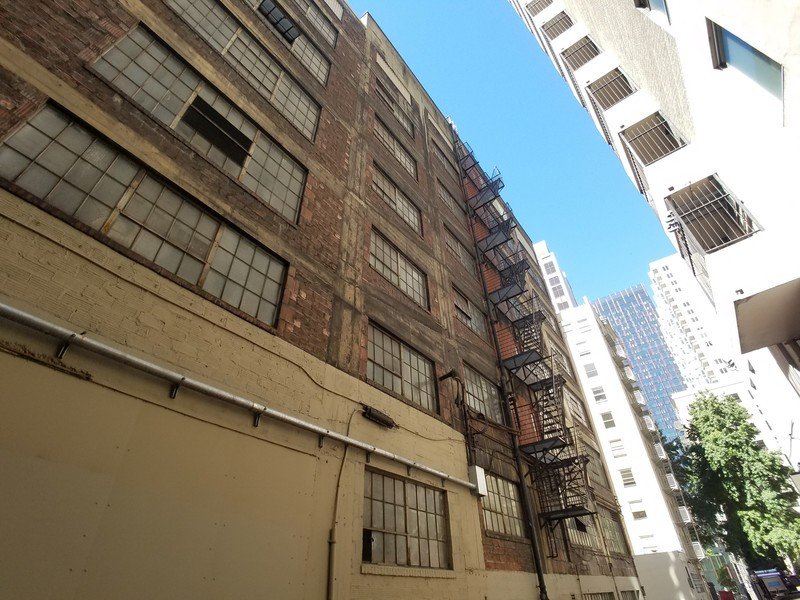
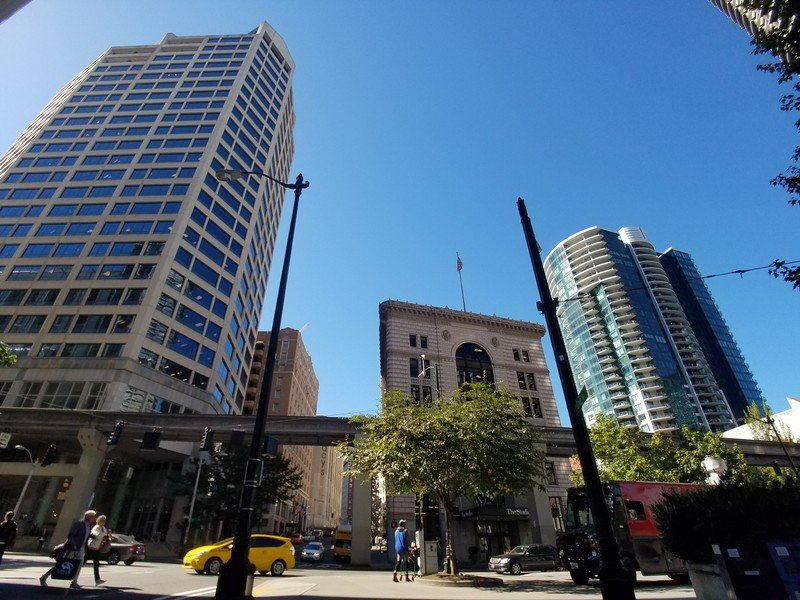
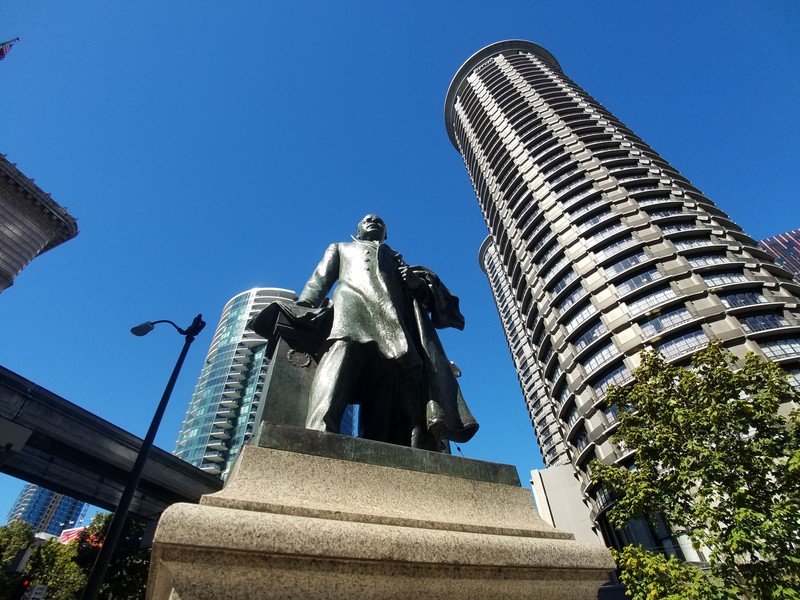
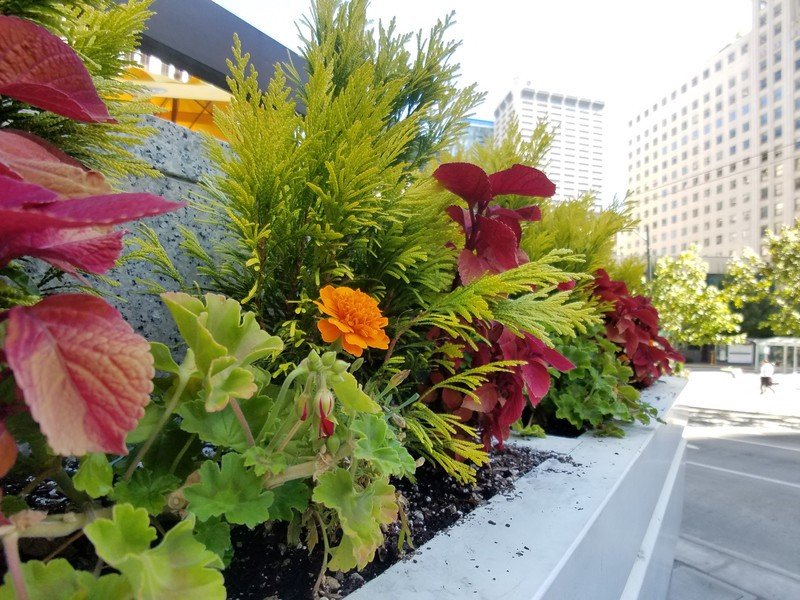
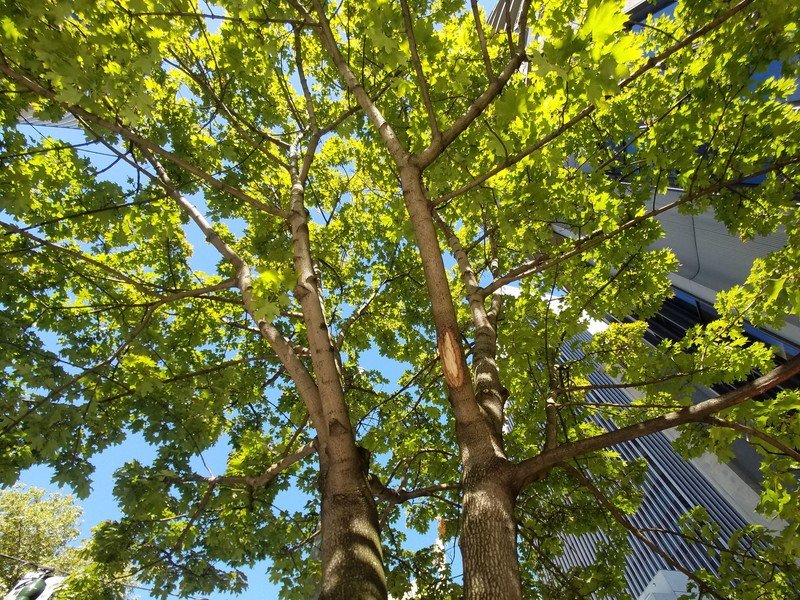
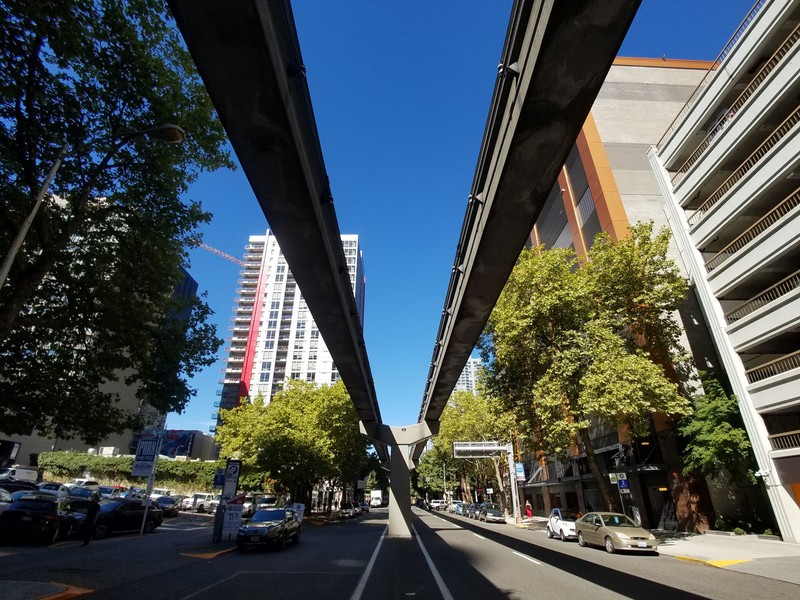
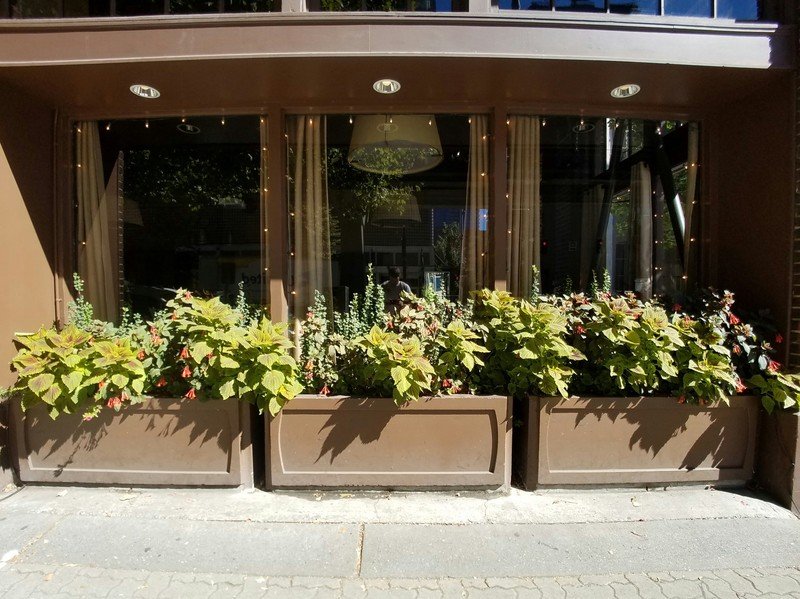
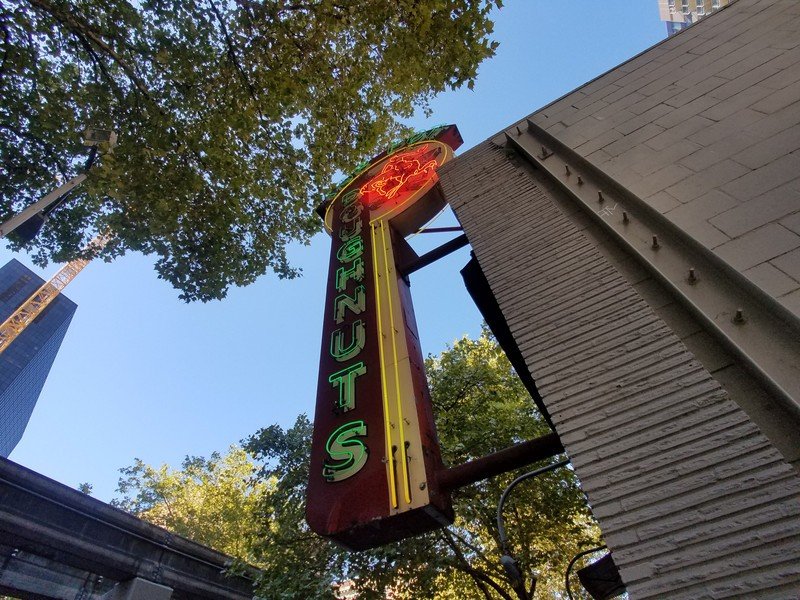
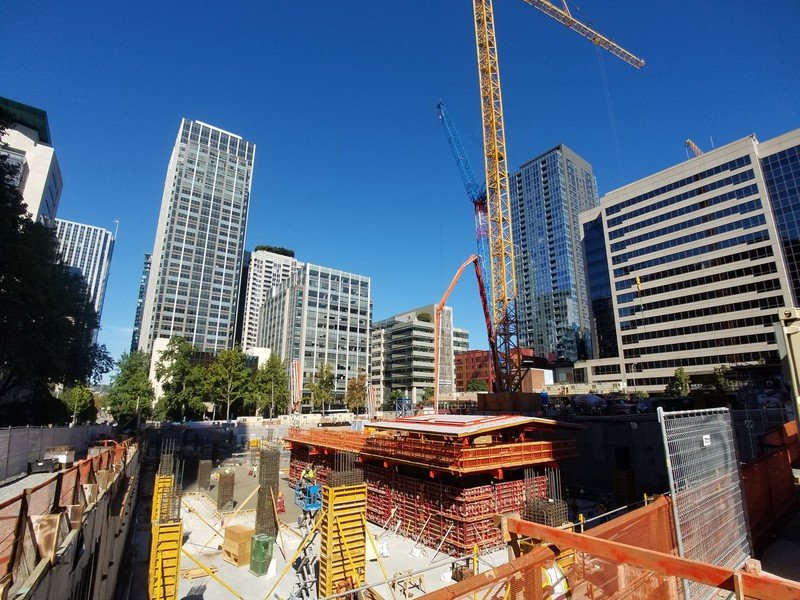

Being used to the constraint of the typical focal length of a phone camera, I really enjoyed shooting with the wide-angle lens. With the lens attached you get a whole new look to your shots, letting you fit a huge scene into one snap, rather than doing some sort of panorama shot. There's just enough of a fisheye effect here that you see curves in long straight lines, which is a little bit of a hallmark of such a wide lens.
Our own Jerry Hildenbrand (also a photography nerd) noted that some software tuning in the phone to fix the distortion in the wide-angle shots would have been nice, but I personally quite like the slightly distorted view. That little fisheye look gives it a unique feeling that clearly separates it from the view of the internal lens, and I used it to good effect in some specific shots that really accentuated the scale and scope of everything in the frame.
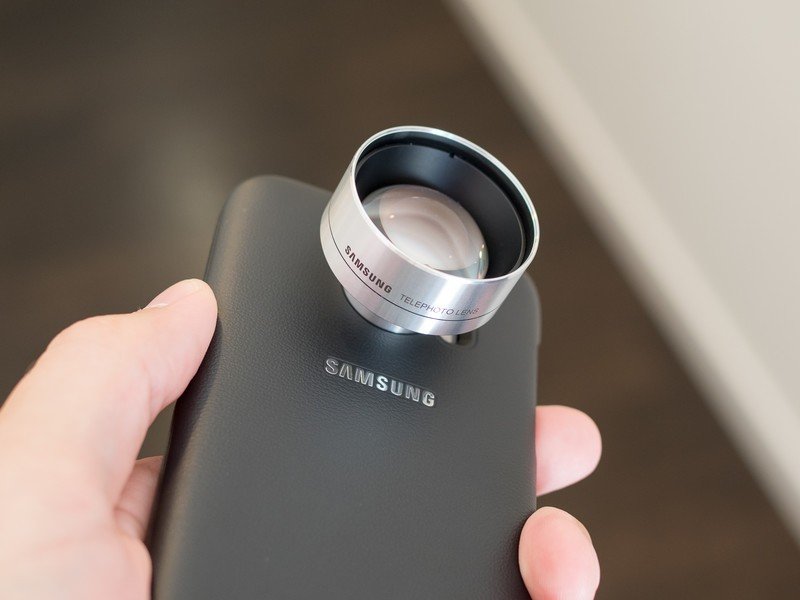
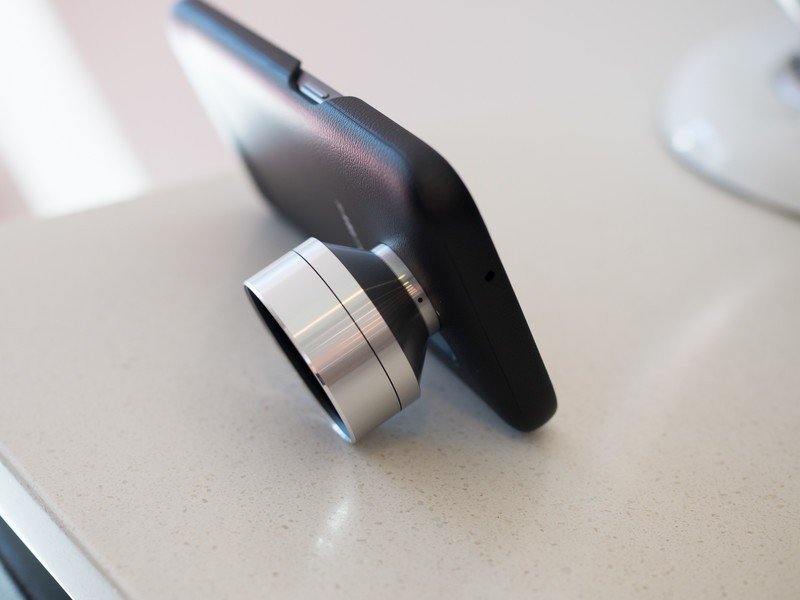
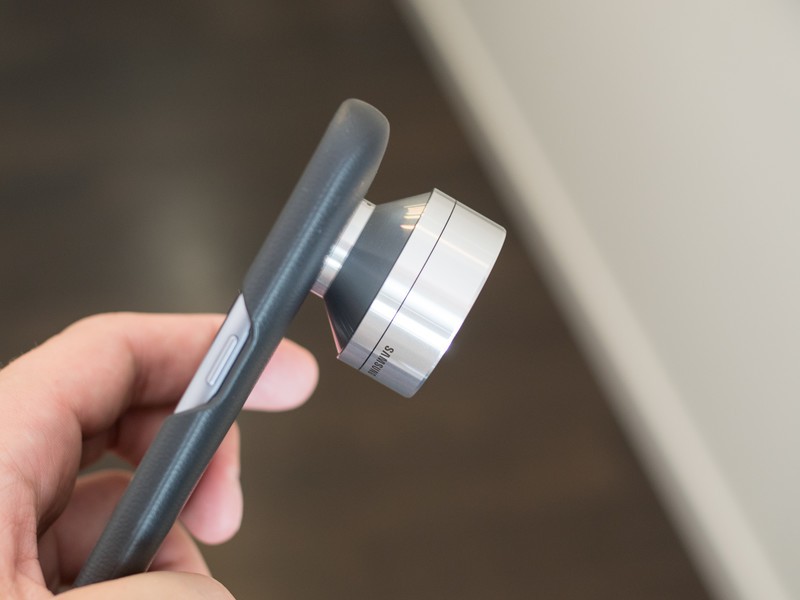
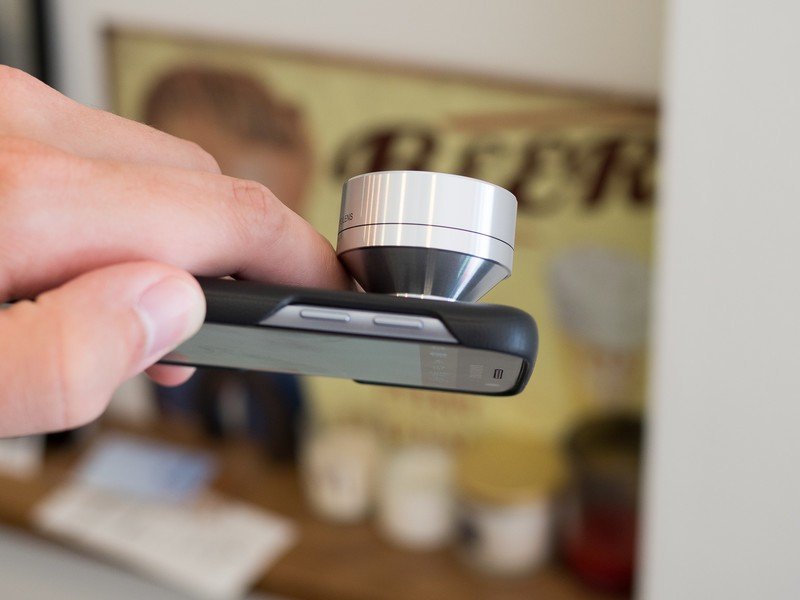
For as big as the wide-angle lens is, the telephoto lens immediately invokes visions of sports photographers on the sidelines with massive lenses hanging off of their DSLRs. The Telephoto lens is roughly double the thickness of the wide-angle lens. It's big enough that you can set the Galaxy S7 on a table in landscape mode and the lens props it up like a kickstand (maybe a nice little backup feature).
It's far too big to fit in your pocket, and it really sticks out when you're just trying to use the phone "normally" while not taking photos. While you can kinda get away with having the wide-angle lens on the phone, the telephoto is very much something you put on, take some photos, then take off the phone for another time.
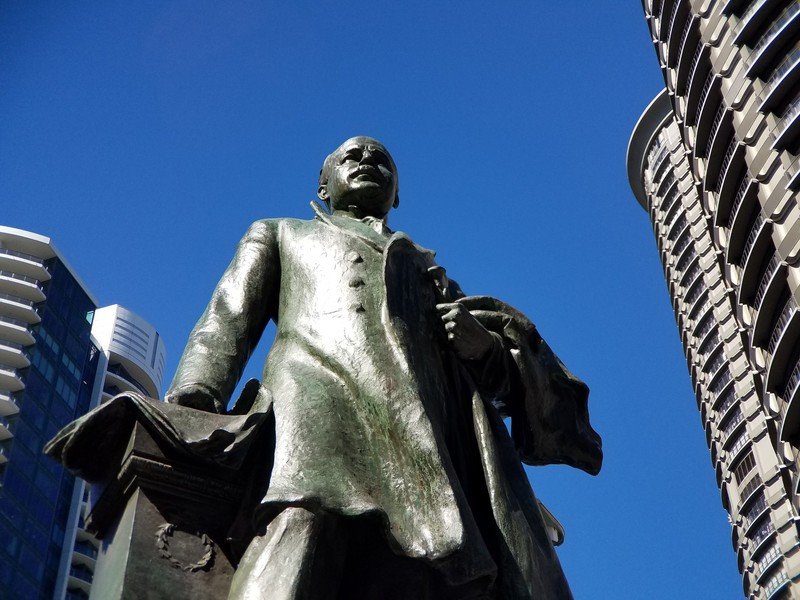

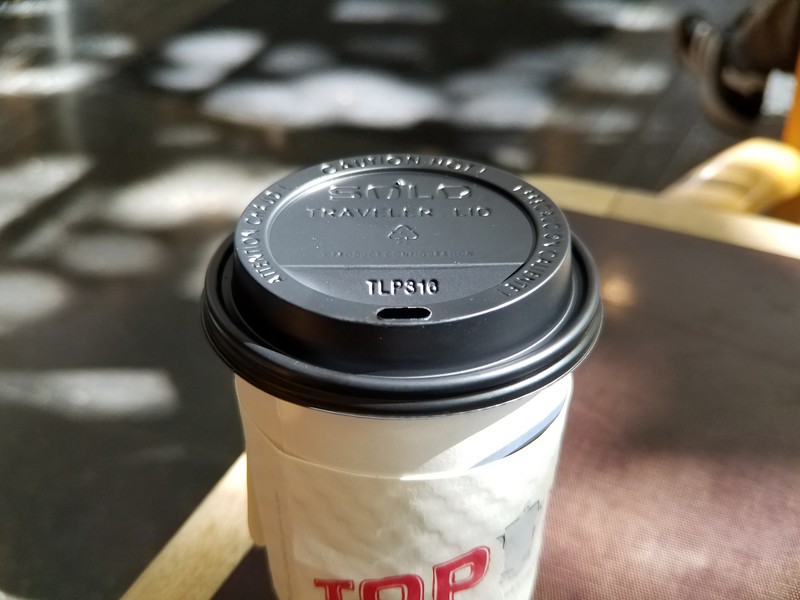
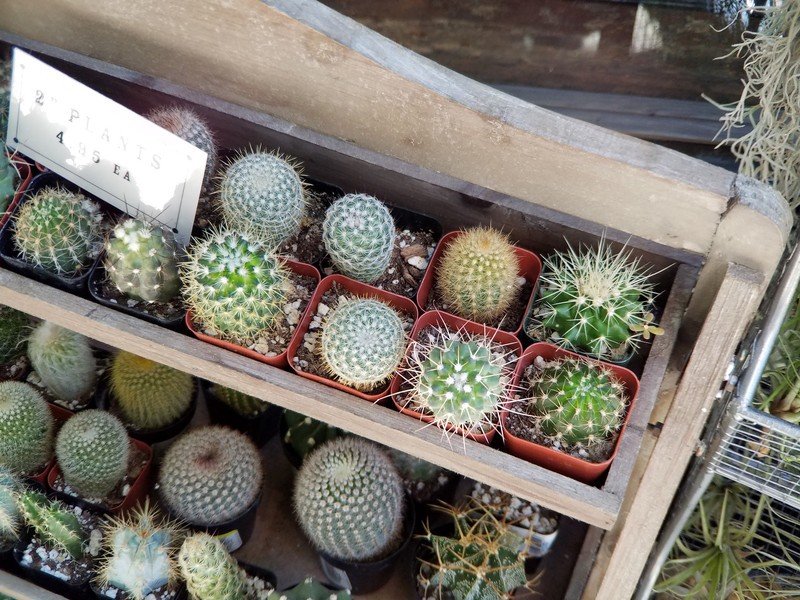
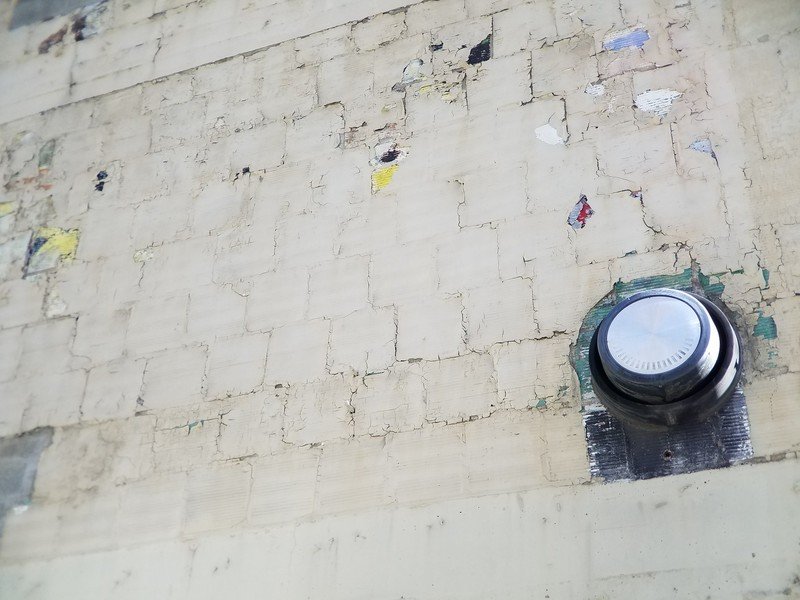
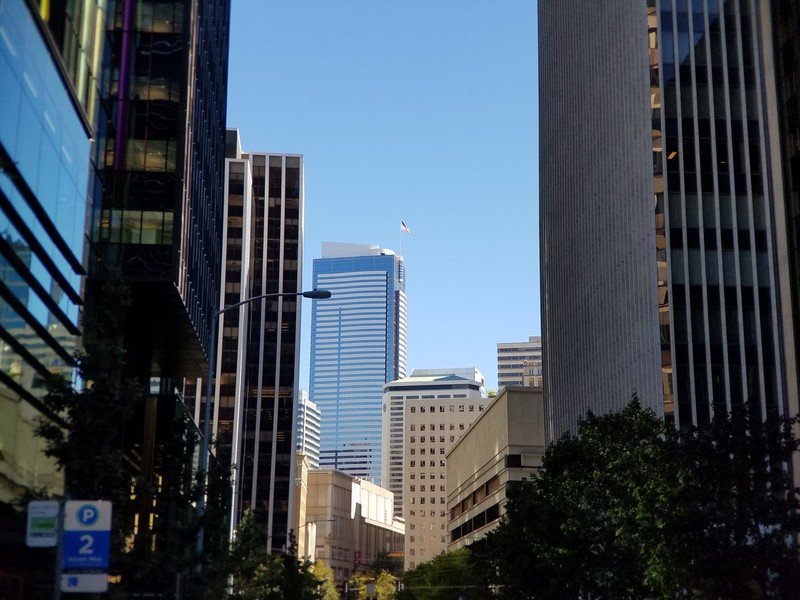
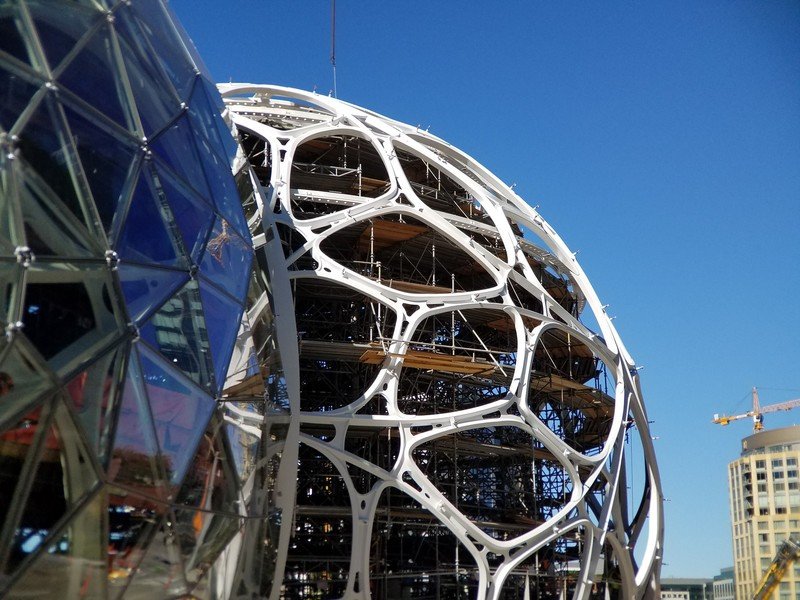
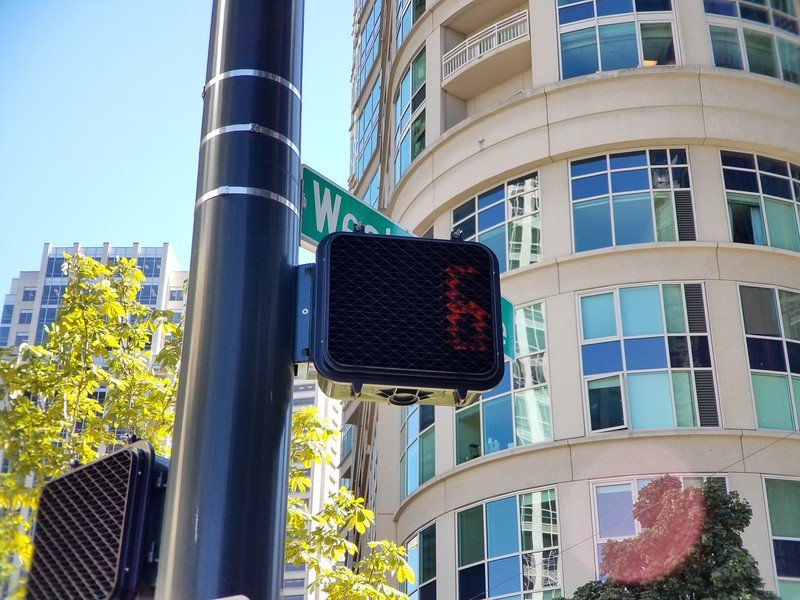
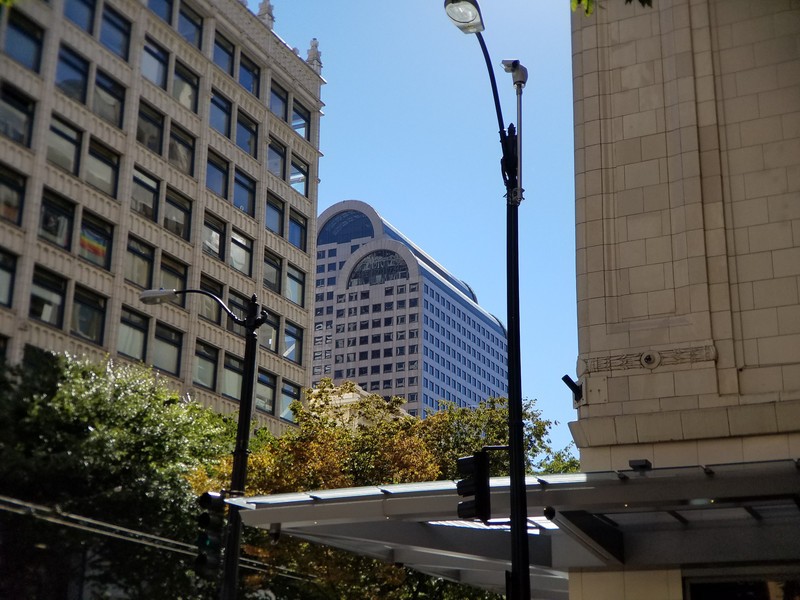
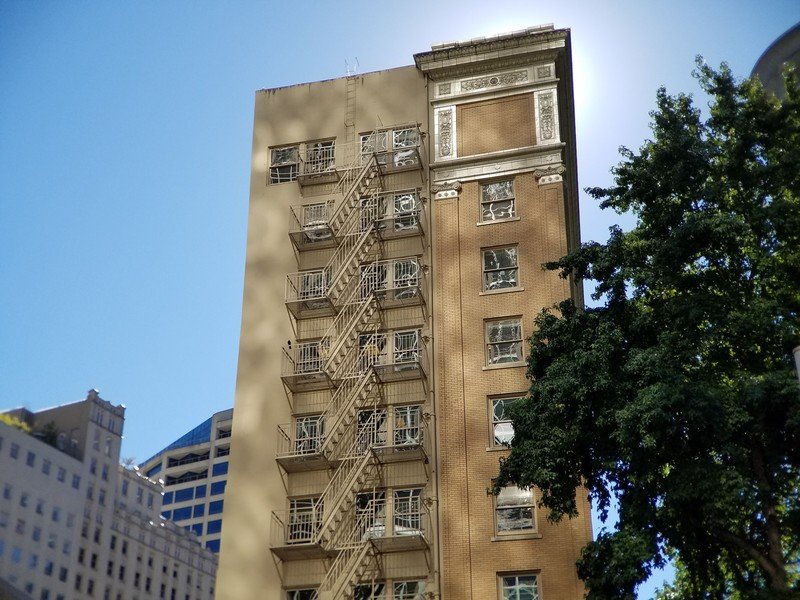
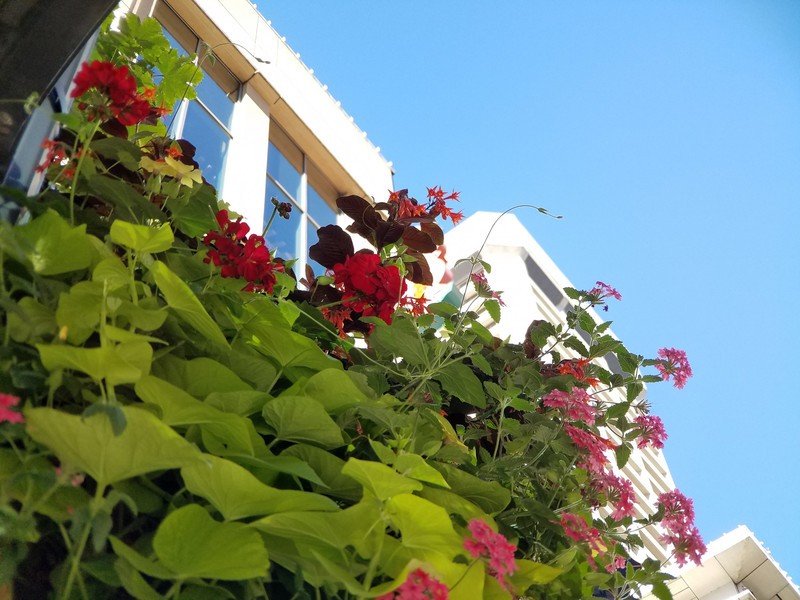
While I'm completely smitten with the look from the wide-angle lens, the telephoto offering is a bit more of a mixed bag. The roughly 60 mm equivalent is drastically different from what you're used to shooting with a phone's camera, and it takes a bit of getting used to. The combination of such a long focal length and still an f/1.7 lens behind it means you're going to see lots of defocusing of the foreground/background and vignetting around the edges of the scene in practically every shot.
If you play around with it for a while you can use the features of the lens for really unique shots you aren't getting anywhere else on a smartphone, at least not without synthetic software blurring of shots. But unlike the wide-angle lens, this telephoto lens isn't so "point and shoot" ready. There were a lot of photos I took with the telephoto lens that were just bad and I deleted — it definitely took some finessing to get right.
Actually using the lenses regularly
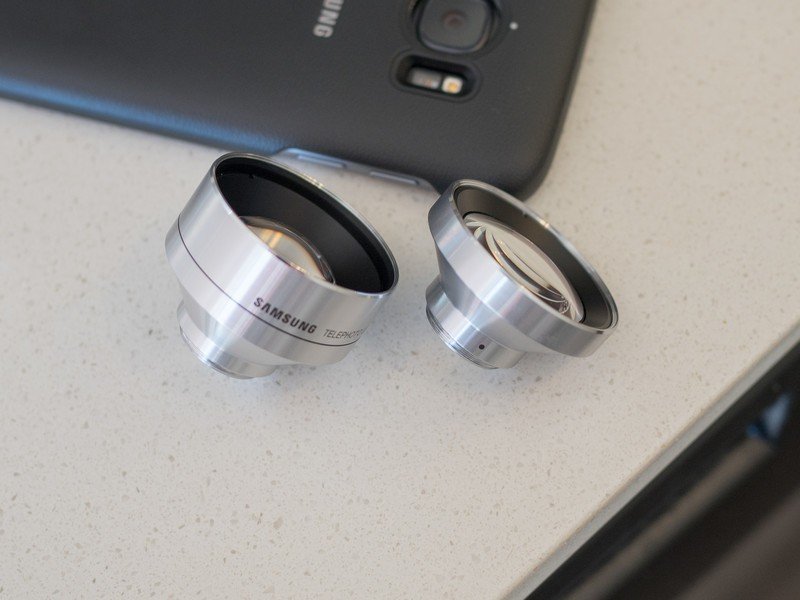
I seriously enjoy the new shooting options and the great quality of the photos I get from these external lenses. The only real issue here is that the lenses themselves are horridly large in relation to a thin and compact phone. The little carrying case for the lenses is as compact as it can be, and the phone case is one I wouldn't mind using every day — but the lenses are just too big to carry around on a regular basis.
And even when I have my messenger bag or a backpack with me to carry the lenses, I'm not exactly willing to plant my feet, open up my bag, take out and attach a lens just to take a photo or two before returning the lens to its case. It's too much friction for me, and in my case it takes longer than simply pulling out the Olympus OM-D E-M5 that's in my bag and taking a far superior photo.
Worth the money?
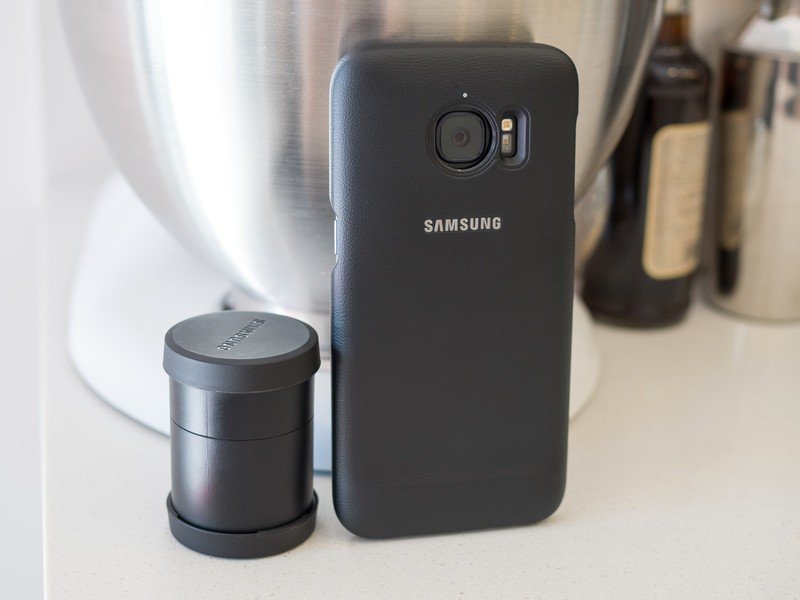
So taking that all into consideration, let's talk price and value. Though the MSRP is a bit higher, retailers have the Galaxy S7 camera lens case on sale for about $110; that gets you the case and both lenses. (It's also available for the Galaxy S7 edge, by the way.)
When it comes to add-on camera lenses for phones, it should be said I'm not the biggest fan overall. Having standalone separate lenses that you have to carry around and attach kind of defeats the purpose of having a great compact camera in your pocket that you can pull out and snap a picture in an instant. But if you're someone who's going to consider buying an external lens solution for the Galaxy S7, this official case is the only way to do it. No fussy clips, no low-quality components — just a system that's designed specifically for the phone, that enables you to take great photos that you can't get any other way.
Whether or not that's worth $110 to you is another question that you'll have to answer for yourself. The case you're required to use for this setup is quite nice, and factoring that in may bring down the effective price for you... but this is still a big ask for something that you may end up finding isn't something you'll use regularly enough to justify owning. True photography nerds may get in on it, but average Galaxy S7 owners will likely stick with their integrated lens.

Andrew was an Executive Editor, U.S. at Android Central between 2012 and 2020.
